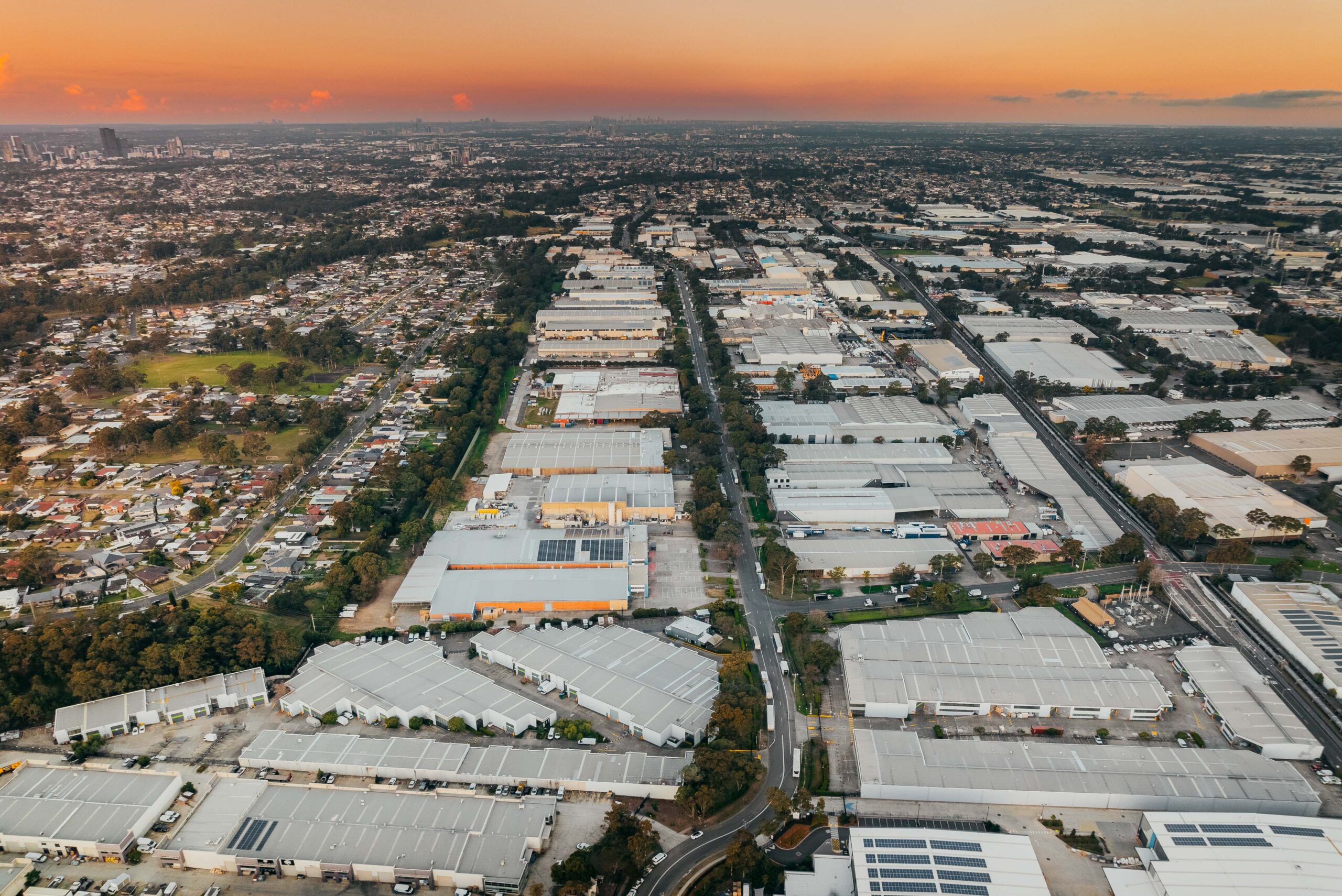The fall in residential dwelling approvals continued in May despite the Federal Election on the 19th. The latest ABS data shows that the major declines are still in the apartment markets however the positive news is that the rate of decline is slowing. The implications to falling dwelling approvals is to the flow on impacts to construction work, employment and to future supply conditions across the markets. It is important therefore to understand the conditions in each city and across the markets as the impacts are more local than national. The following two charts sum up the overall national picture. As indicated above, building approvals have been falling since July of 2018 with a much greater decline in apartments than detached dwellings. Apartment markets typically respond in this manner due to the multiplier effect as a single development decision can impact 100 or so apartments vs a single persons decision to defer a dwelling approval on a house affects a single house. Nationally, dwelling approvals fell -2.0% across both houses and apartments, taking the total fall over the full 12 months to -19.8%. The picture is however different from state to state and between houses and apartments. Houses The decline in approvals is far less pronounced in the detached housing markets, where the change in the annual figure is -10%. As shown in the chart below, Brisbane is down -15%, Melbourne -10%, Sydney -11.6% and Perth -7.4%. Each of these cities (with the exception of Perth are still well above the previous low in the cycle in 2013. Perth’s dwelling approvals is lower today than at any point in the last 15 years. Apartments Approvals for detached housing are down -2.4% nationally for the month and down -28% over the full 12 month period, compared to the previous 12 months. As the chart below shows, Sydney and Melbourne are down – 28% and -36% respectively with Brisbane also down -29% and Perth down -23%. Once again, the declines for Sydney and Melbourne, whilst significant are not yet to the previous low in 2009, though Brisbane and Perth are already at the previous low point, both having started the cyclical decline earlier. Building approvals in the apartment markets are principally driven by the ability to obtain pre-sale contracts that are necessary to obtain development finance. Whilst there are more non banks in the market offering to lend to developers, the challenge is to convince buyers to part with a deposit on an apartment whilst investment lending conditions remain tough and whilst issues such as non compliant cladding, or major building issues such as at Opal Tower and Mascot Towers are able to occur. One or two interest rate cuts are unlikely to address these concerns. We therefore expect building approval data for apartments to continue to fall across the next 6 months at least. As a result, we expect supply conditions to ease into 2020 leading to high occupancy levels, rising residential, improving yields and rising prices into 2021.






